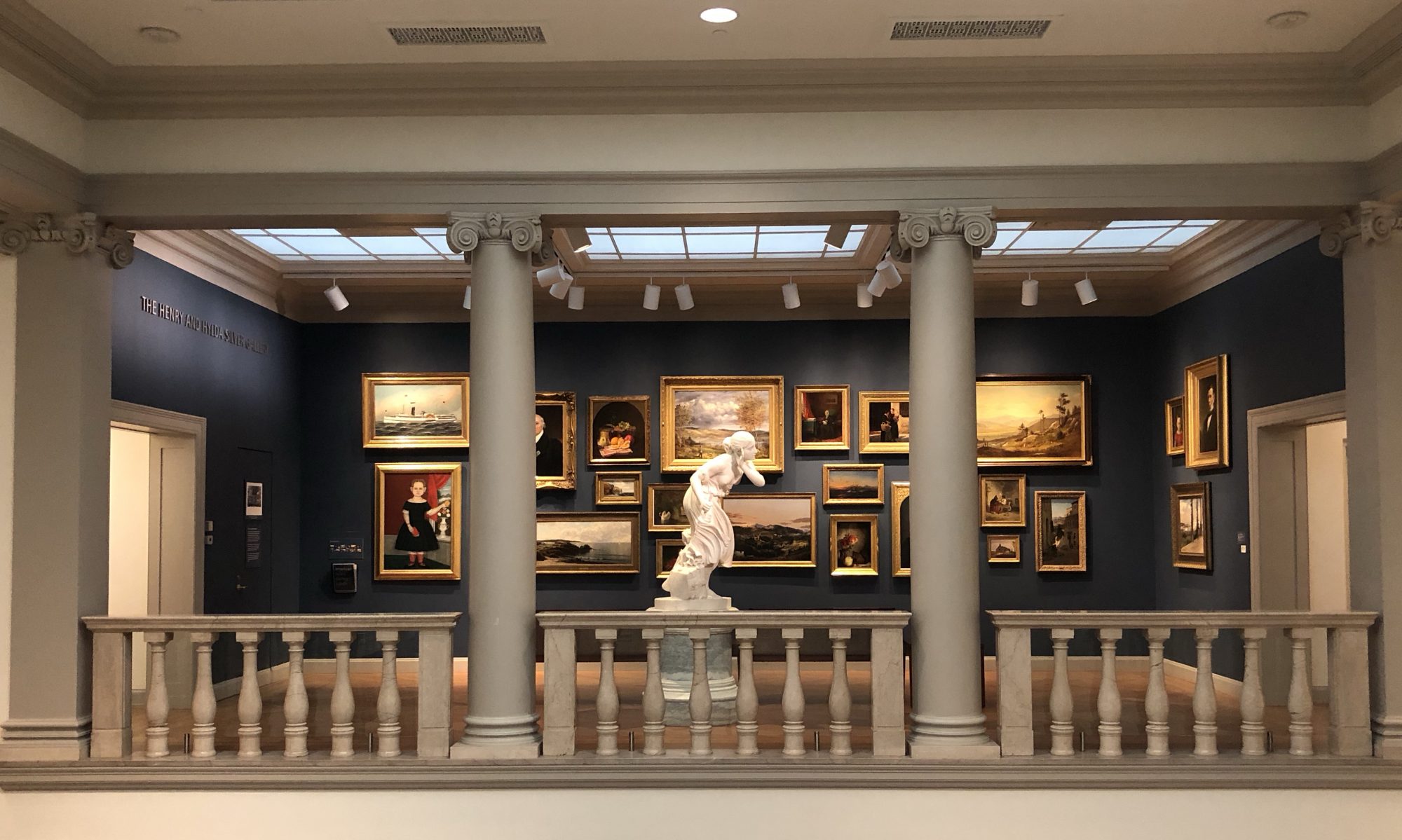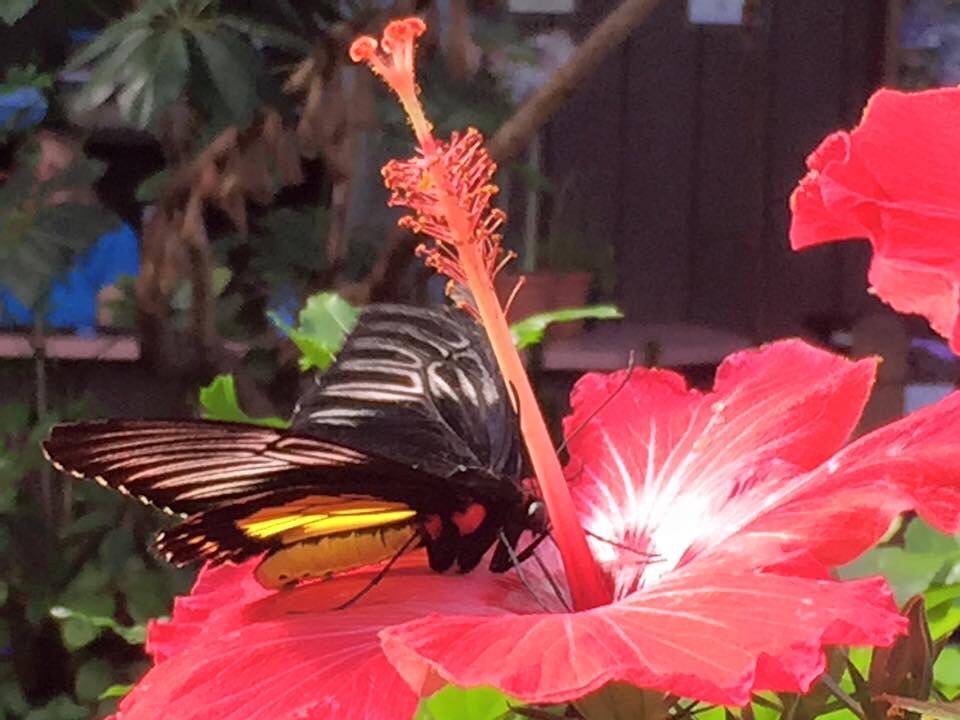
Walking into the amazing set of The White Card, staged at The Paramount Theatre’s Robert J. Orchard Stage, is an incredible experience. The stark whiteness that surrounds you is at once soothing and disconcerting. This blank slate of a space has the right balance of elegance and sparseness to accommodate Claudia Rankine’s play, The White Card.
First, before I share my thoughts, I want to make sure you know this show is only running for another two weeks, through April 1st. An extremely limited number of tickets are still available! The advice from ArtsEmerson to score tickets to a performance is as follows:
- Check online or call the box office 1-2 days before the date you wish to attend; we regularly see tickets become available in this window due to cancelations.
- Show up at the box office 1-2 hrs before curtain. We may have last minute openings that aren’t available online. If nothing is available, we can put you on the waitlist which starts 1 hr prior to each curtain.
Your best chance at seats is likely the Sunday March 18th show at 7:30PM, which was just added this week. For more information about the play, visit the ArtsEmerson website at:
http://bit.ly/artsemersonwhitecard
I went into this show hoping and expecting to be challenged. I wanted to be a little bit uncomfortable. I wanted this show to make me think! And it certainly did. My whole ride home I kept re-hashing bits and pieces of dialog and considering the interactions between these 5 characters (six, if you count the art).
The main character in this play is Charlotte; an up and coming African American artist whose work has piqued the interest of rich, white socialites Charles and Virginia. They aspire to collect socially relevant works of art both by and about African Americans. But is their desire for this art truly well-intentioned, or merely a way to look racially aware? I felt like Charles’ desire to purchase these racially charged pieces of art were a way for him to appear to seek absolution from his complicity in the American Penal system. He’s working to build jails that in some cases are filled predominantly with African Americans. Charles wants to be relevant; he wants to look outwardly like he’s purchasing the right art, reading the right books, knowing the right issues, but I think he wears ALL of that as a cloak. It’s not who he truly is. I’m not saying he’s a closet KKK member, just that Charles isn’t really connecting with the issues surrounding racism in America today; he only ends up looking like he is.
Even Charles and Virginia’s son Alex, who is very involved in Black Lives matter and wants to be an aware citizen, still struggles in a conversation with Charlotte when he referred to other African Americans as, “your people”. Charlotte points out he could have just said, “people”. Alex still feels that ingrained difference. How does one acknowledge the perception of that difference and then move past it?
The final image of the show has really stuck with me. The image of the photograph that Charlotte takes: Charles, shirtless, facing away from her. Charlotte herself, standing in mock chains, facing him. I’ve been considering Charles’ pose. He’s turned away from her. At first I’d just assumed he’d turned his back because there’s more smooth skin exposed for her to photograph. But the more I think about this, the more it occurs to me that his choice to turn away is representative of his inability to face the issue of race that is between Charles and Charlotte. Even in that moment when he submits to being the subject of her art, he is turning away from the realities of her life as a black woman. He could have faced her, he could have looked her in the eye, but in the end he still chose to turn away.
“Can American Society progress if whiteness stays invisible?” is what The White Card asks. Diane Paulus, Artistic Director of the American Repertory Theater, asks in her Welcome in the playbill, “In difficult conversations about race, how do we stay in the room?” Both these questions are stirring, and stimulating, and I hope this play will help further the discussion of race in America today. I really enjoyed what the entire ArtsEmerson team did here with The White Card, and I’m glad the thoughts and questions are still percolating in my mind.
If you do attend a performance of The White Card, I recommend you stick around for the Act II facilitated discussion about the play. It felt good to have some space for the audience to publicly digest what we’d just seen.


